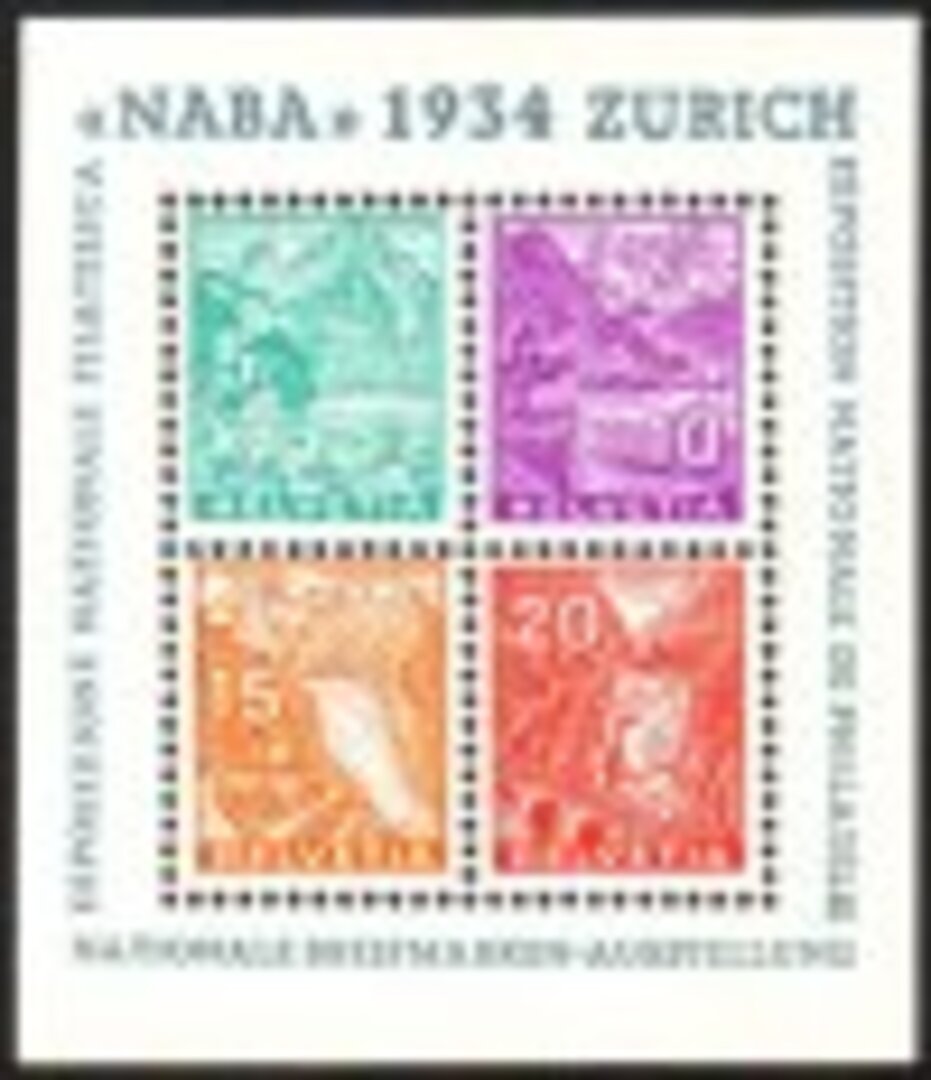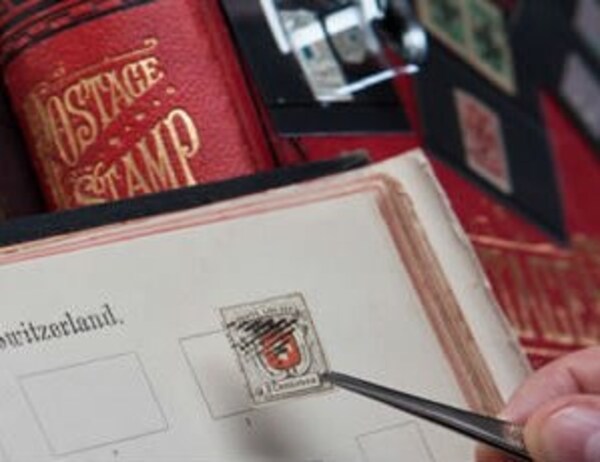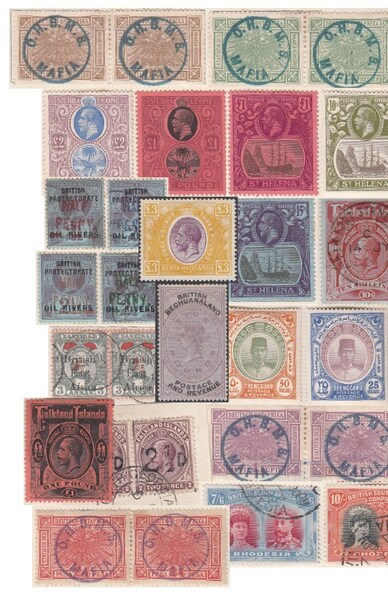Miniature Sheets - cynical exploitation or adding a different and exciting dimension to your collection?
They’ve been around for over one hundred years and whilst not always popular with purists, they have become increasingly part of the philatelic offering to the world’s collectors. They are even saved by non - stamp collectors who may like to have a reminder or souvenir of a national or other important event like the Olympic Games or Royal Anniversaries. Quite often they were sold at a premium over the stamp face value with the additional funds going to charity.
There is something wonderfully appealing and attractive about these more unusual items that encourages collectors to include them in their displays. ‘Miniature Sheets’ are often a ‘one off’ printing and although later issues have generally been produced in considerable numbers many earlier ones are much rarer and because of their size finding examples in very fine condition is quite difficult.
The first example of a ‘Miniature Sheet’ is generally considered to be the single green 10Fr stamp showing a view of Luxembourg, a limited issue of 5000 with wide perforated margins, issued by the Grand Duchy of Luxembourg in early 1923 to commemorate the birth of Princess Elisabeth. Others will claim the 1891 Grand Duke Adolph sheetlets of 25 as the original forerunners. Certainly there was a plethora of miniature sheets from the 1920s onwards, one of the most famous being the 1926 USA ‘White Plains’ 2c sheet of 25 stamps to celebrate the International Philatelic Exhibition held in New York between 16th and 23rd of October 1926, details of which were provided in the sheet margins. This theme was widely developed by the world’s postal administrations and many exhibitions have been advertised in this way. Similarly Germany issued many now valuable miniature sheets including the 1930 IPOSTA sheet, the 1933 Welfare Fund sheet and the many Hitler propaganda miniature sheets of the 3rd Reich era.
As with many matters philatelic, there is disagreement as to what constitutes a ‘Miniature Sheet’ and for some a need to distinguish between the many formats. A sheet of stamps consists of panes of perforate or sometimes imperforate stamps usually intended for postal purposes as stamps are evidence that revenue has been paid. A miniature sheet may consist of no more than one stamp, sometimes set against and forming part of a scenic background but also usable if removed. More often it is a block of four or more stamps, often different values and images that when viewed together make up a landscape or other complete image – a little like a jig-saw puzzle. Other examples can be the same stamp repeated in a block, sometimes in a se-tenant arrangement. Compare this to what a purist may call a ‘Souvenir Sheet’ where the selvage may contain a mixture of symbols, control numbers, printer’s monograms and details referring to the anniversary or event that is being celebrated. To add further confusion the tendency in the USA is to refer to all miniature sheets as ‘Souvenir Sheets’.
Overall there are many examples and some countries have a reputation for the quality and numbers produced. New Zealand has been at the forefront and their ‘Health Issue Miniature Sheets’ issued between 1957 and 1975 deserve and merit particular mention. The same may be said of Japan’s contribution, including the Mount Fuji 5 stamp 1 Yen imperforate issue of 1947. Lately of course, creating a major surge in the market have been the colourful issues of the PRC including the 1962 Stage Art of Mei Lan-fang and 1964 Peonies “Glorious Crimson”.
Whilst originally dismissed by the majority of collectors as a marketing gimmick, ‘Miniature Sheets’ are now taken seriously and nearly all printed albums contain spaces for them with many collectors simply specialising in the sheets themselves.

 General
General
 General
General
 General
General